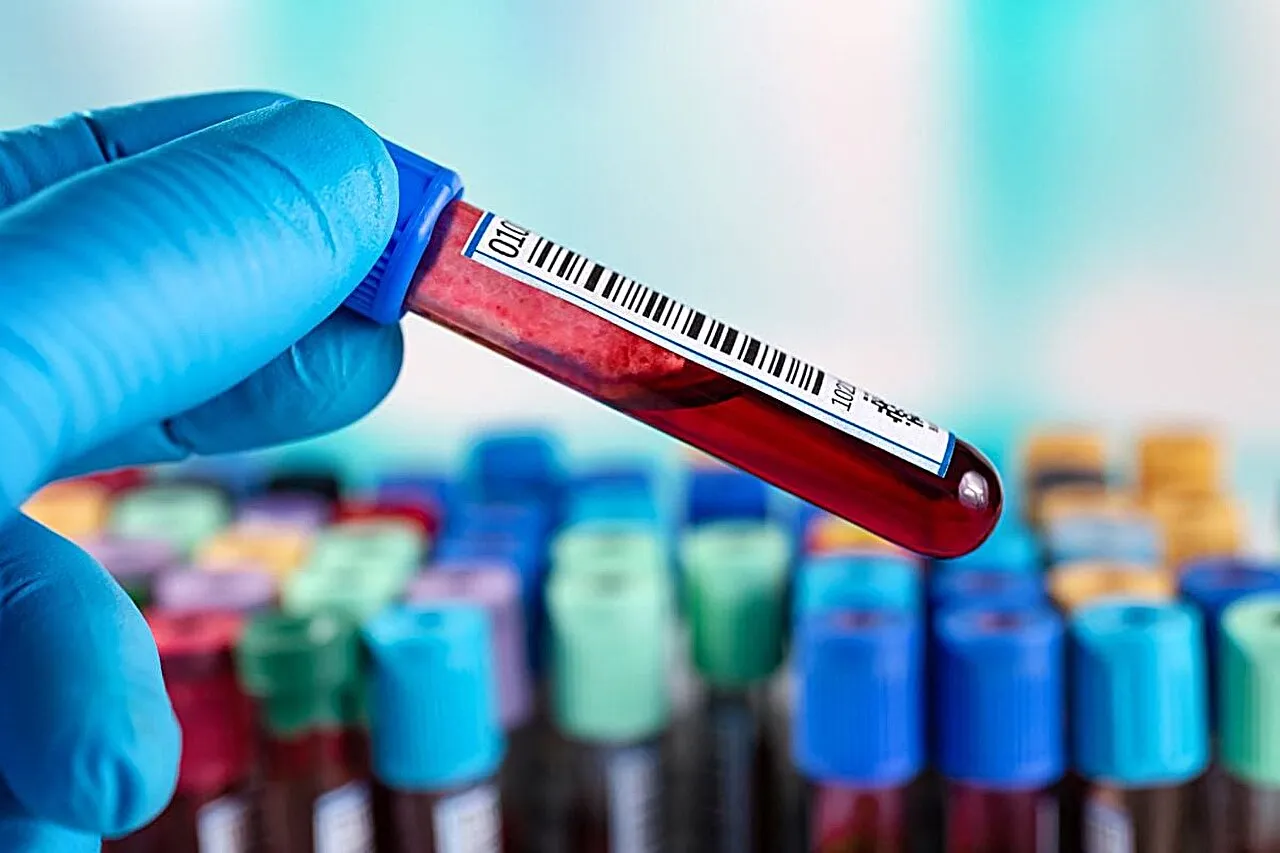Medicine Research Focus: 14 Percent of U.S. Adults Meet Criteria for Absolute Iron Deficiency

Health Research Findings on Iron Deficiency
A staggering 14 percent of U.S. adults now meet the criteria for absolute iron deficiency, according to a recent study conducted by seasoned health researchers. This alarming figure has emerged from ongoing health science investigations that delve into the nutritional statuses of adults across the country. The findings illustrate not only the magnitude of the issue but also its potential implications for overall health outcomes.
Understanding Iron Deficiency
Iron is essential for numerous bodily functions, and its deficiency can lead to severe health problems, including fatigue and compromised immune function. The study published online on September 24 in JAMA Network Open significantly contributes to our understanding of the prevalence of this condition in the U.S.
- Absolute Iron Deficiency: A severe lack of iron in the body.
- Functional Iron Deficiency: Sufficient iron levels in the body but inadequate for normal enzymatic functions.
- Population Impact: The findings suggest urgent public health measures are necessary.
Implications for Healthcare
Public health policies must adapt to address the rising concerns of iron deficiency highlighted in this pivotal research. There is a strong call for increased awareness surrounding iron health and its significance in maintaining overall health.
This article was prepared using information from open sources in accordance with the principles of Ethical Policy. The editorial team is not responsible for absolute accuracy, as it relies on data from the sources referenced.